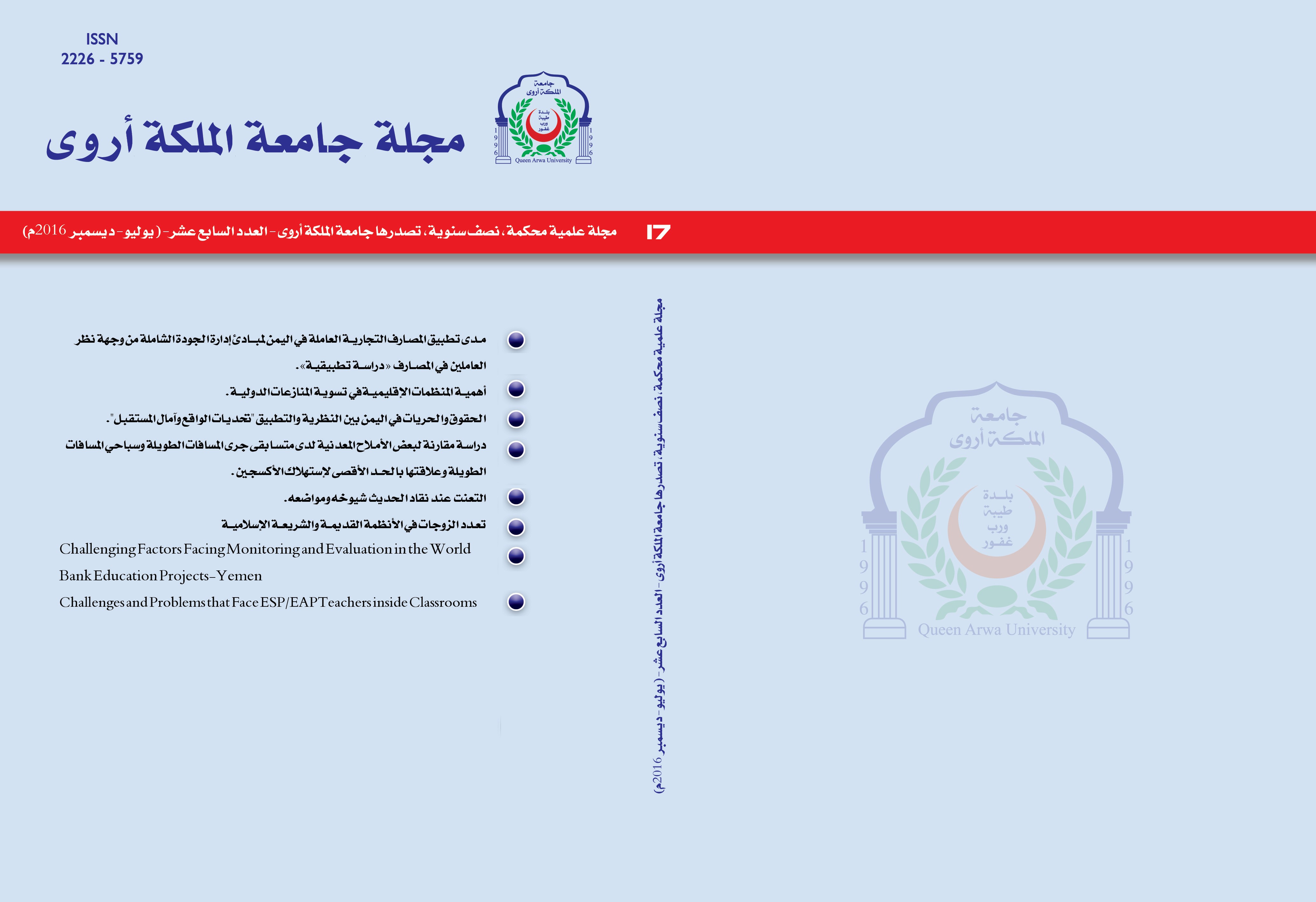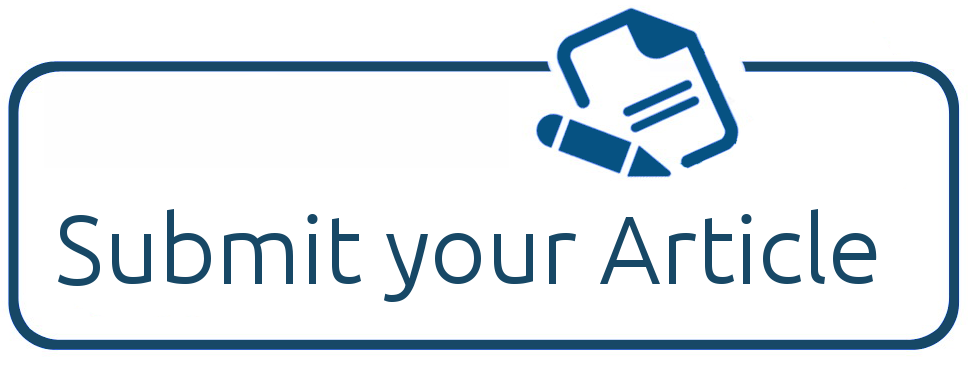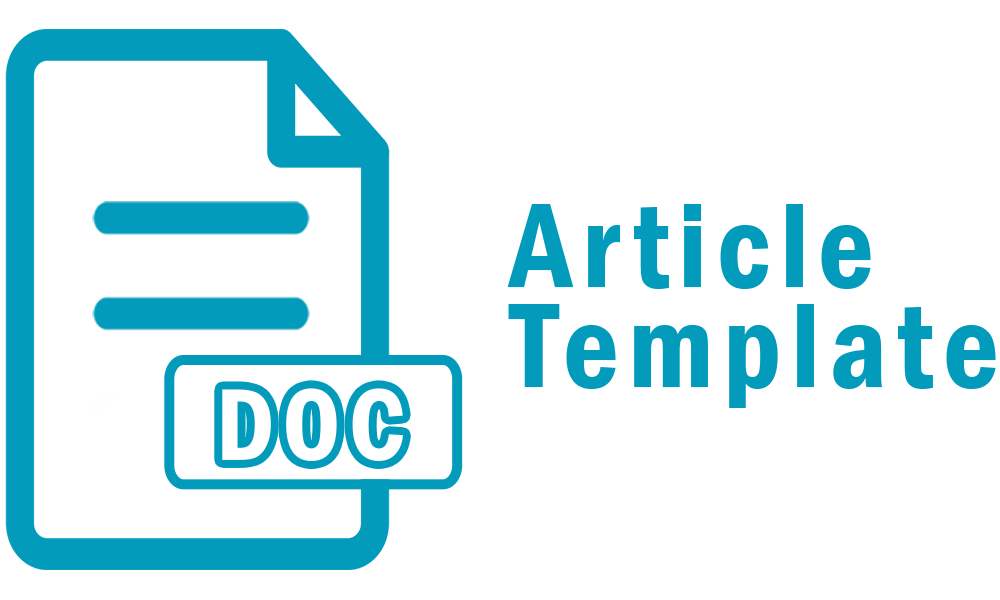Challenges and Problems that Face ESP EAP Teachers inside Classrooms
DOI:
https://doi.org/10.58963/qausrj.v17i17.277Keywords:
English for Specific Purposes (ESP) , English for Academic Purposes (EAP) , Teacher ChallengesAbstract
This paper explores the significant challenges faced by ESP/EAP teachers and proposes solutions as investigated by various ESP practitioners. The study aims to (a) understand teachers' perceptions, involvement, and the problems they encounter, (b) evaluate current teaching methods in the Faculty of Engineering and Information Technology (FEIT) at Taiz University for teacher development, and (c) suggest solutions based on correlations between teachers' perceptions, involvement, and literature. The research involved non-participant observations and semi-structured interviews to gather data. The findings highlight key issues such as lack of experience, traditional teaching methods, large class sizes, and low student motivation. Solutions include targeted training, improved collaboration with content specialists, and better material selection.
Metrics
Downloads
References
Davies, A. (2007). An Introduction to Applied Linguistics: From Practice to Theory (Second Edition). Edinburgh: Edinburgh University Press.
Dudley-Evans, T. (2001). English for specific purposes. In R. Carter & D. Nunan (Eds.), The Cambridge Guide to Teaching English to Speakers of Other Languages (pp. 131-136). Cambridge: Cambridge University Press.
Dudley-Evans, T., & St John, M. (1998). Developments in ESP: A Multidisciplinary Approach. Cambridge: Cambridge University Press.
Ewer, J. R., & Hughs-Davies, E. (1971). Further notes on developing an English programme for students of science and technology. In J. Swales (Ed.), Episodes in ESP (pp. 45-57). New York: Prentice Hall.
Fanning, P. (1993). Broadening the ESP umbrella. English for Specific Purposes, 12, 159-170.
Finney, D. (2002). The ELT curriculum: A flexible model for a changing world. In W. A. Renandya (Ed.), Methodology in Language Teaching: An Anthology of Current Practice (pp. 69-79). Cambridge: Cambridge University Press.
Hutchinson, T., & Waters, A. (1987). English for Specific Purposes: A Learner-Centred Approach. Cambridge: Cambridge University Press.
Johns, A. M., & Price-Machado, D. (2001). English for specific purposes (ESP): Tailoring courses to students needs and to the outside world. In M. Celce-Murcia (Ed.), Teaching English as a Second or Foreign Language (Third Edition) (pp. 43-54). Boston, MA: Heinle & Heinle.
Johns, T. F., & Dudley-Evans, A. (1980). An experiment in team-teaching of overseas postgraduate students of transportation and plant biology. In J. Swales (Ed.), Episodes in ESP (pp. 140-153). New York: Prentice Hall.
Jordan, R. R. (1997). English for Academic Purposes: A Guide and Resource Book for Teachers. Cambridge: Cambridge University Press.
Kuo, C. (1993). Problematic issues in EST materials development. English for Specific Purposes, 12, 171-181.
Lin, C. (2007). English for specific programs (ESP), with and without computer-assisted language learning (CALL), for Taiwanese college students. Unpublished Dissertation. Retrieved April 23, 2009, from http://www.proquest.umi.com.
Littlewood, W. (1981). Communicative Language Teaching. Cambridge: CUP.
McDonough, J. (1984). ESP in Perspective: A Practical Guide. London: Collins Educational.
McGrath, I. (2002). Materials Evaluation and Design for Language Teaching. Edinburgh: EUP.
Midlane, V. (2010, August). A career with a purpose. English Teaching Professional, 7, 48-50.
Robinson, P. C. (1991). ESP Today: A Practitioner’s Guide. UK: Prentice Hall.
Sen, M. (2009, July 20). English for Progress. Education Times of India, p. 5.
Strevens, P. (1978). New Orientations in the Teaching of English. Oxford: OUP.
Swales, J. (Ed.) (1985). Episodes in ESP. New York: Prentice Hall.
Wu, H. D., & Badger, R. C. (2009). In a strange uncharted land: ESP teachers’ strategies for dealing with unpredicted problems in subject knowledge during class. English for Specific Purposes, 28, 19-32.
Downloads
Published
Issue
Section
Categories
License
Copyright (c) 2024 Queen Arwa University Journal

This work is licensed under a Creative Commons Attribution 4.0 International License.













